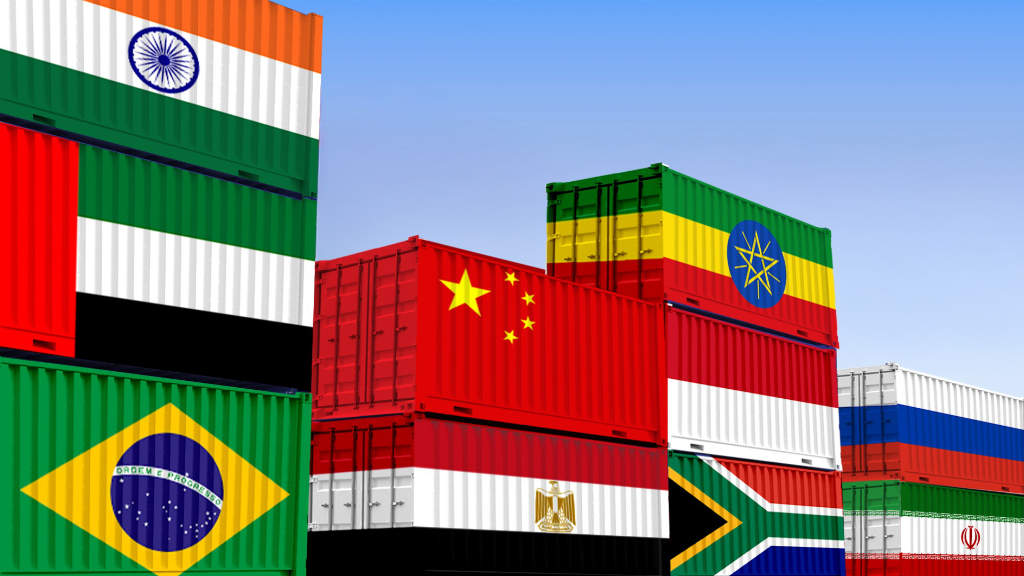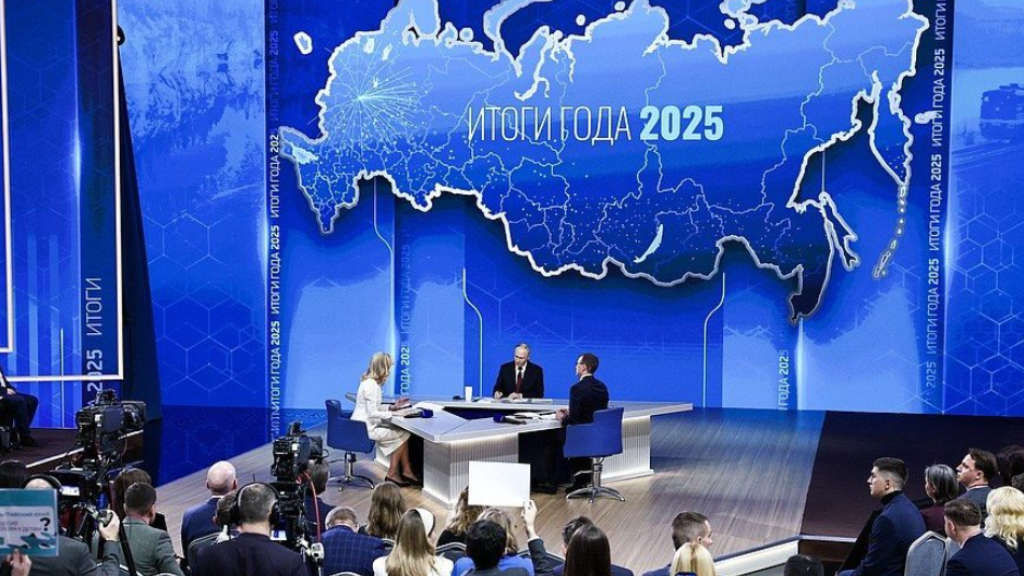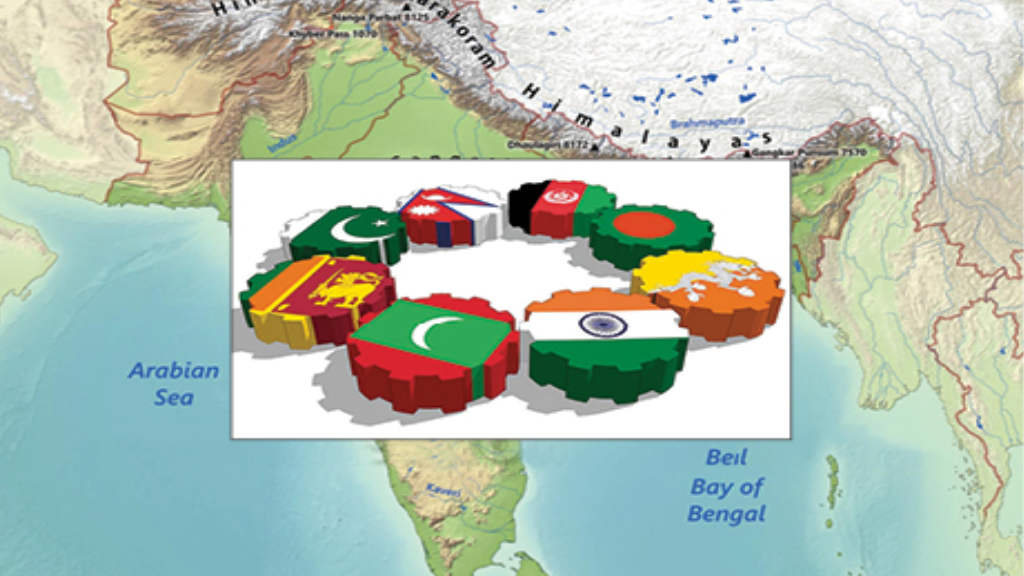The collective BRICS economies are displaying a positive Purchasing Manufacturers Index (PMI) growth rate of 51.5 points for March 2025 against a comparative negative collective PMI for the Eurozone, at 48.7 points. The PMI is an economic gauge used to measure industrial manufacturing output, and is based upon purchasing managers orders on a global basis. Anything above 50 points signifies an expansion, anything below a contraction.
We can identify the largest economies performances as follows, with data from Statista and S&P Global:
BRICS March PMI: 51.5
 | 53 |
 | 50.8 |
 | 57.6 |
 | 50.1 |
 | 44.7 |
 | 50.7 |
 | 50.3 |
 | 53.6 |
 | 49.2 |
 | 55 |
The standouts here are the economies of Brazil, India, Indonesia and the UAE, all partially driven by access to inexpensive Russian energy supplies as well as strong consumer demand.
Eurozone March PMI: 48.7
 | 48.7 |
 | 48.9 |
 | 48.3 |
 | 47.4 |
 | 50 |
 | 50.6 |
 | 49.7 |
 | 55.3 |
 | 49.6 |
 | 44.6 |
The European economies, although technically still in recession, have however provided their best performance since 2022. At that time, according to S&P Global their economies had an average PMI of 63, with their manufacturing sector at that time fuelled by inexpensive, imported Russian energy. That has now changed. The United Kingdom remains in significant trouble.
To compare, the economy of the United States achieved a PMI figure of 49.8 in March, although it had been higher in the first two months of the year. The overall figures indicate that global growth and confidence remains patchy but is best represented in the Asian focused economies.
Further Reading
Is European Myopia Towards Russia Damaging Its Ability To Recover Its Economies?





